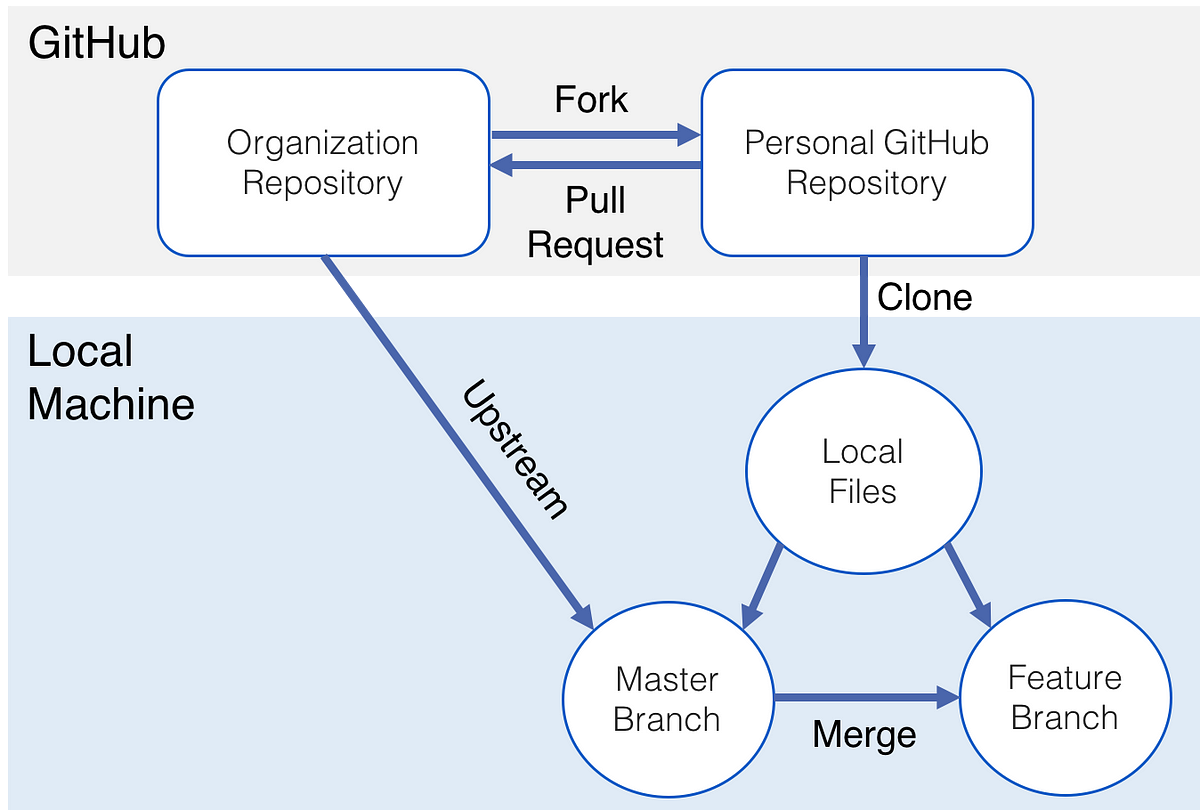

So now we have two branches, our main branch, referred to as master, and our newly created cart. Git merging process uses edit/stage/commit workflow for resolving merge conflicts.When conflict occurs executing git status will display the files that need to be resolved. git checkout -b cart Switched to a new branch cart. When this happens, it stops before the merge commit so as to resolve that conflict. When you want to merge two branches and the same part of the same file is changed, merging conflicts occur as Git cannot figure out which version to use. You can also replace the master branch with whatever branch you want the pull request. Suppose we want to merge a branch featureBranch into our master branch. But later point of time if I want to merge the changes to the main is not working. (we are using Azure Repos) Pull request approved but later identified these changes no longer required so we used revert option to revert the changes. Conflicts do not arise in the fast-forward merge. If your feature is small, you had better use a fast-forward merge to prevent unnecessary commits messing up the project history. You can substitute origin with the remote repository you are pulling from. We are following PR process (Pull request) to merge the changes to the main branch. Since the last master commit directly precedes the last commit of the style branch, git can merge fast-forward by simply moving the branch pointer forward, pointing to the same commit as the style branch. In the above example, stage would be a larger feature taking much time to develop, that is why we use a 3-way merge. Git commit -m "Make some super-stable changes to master" # Merge in the stage branch git merge stage Git commit -m "Finish with the stage" # Develop the master branch git checkout master You can use the -p, -prune option to delete any remote-tracking.

Fetch the remote, bringing the branches and their commits from the remote repository. Go to your local project and check out the branch you want to merge into (your local master branch) git checkout master.
#Merge updated branch to master git update
Git commit -m "Start with the stage" # Edit some files git add First we'll update your local master branch. # Start the stage git checkout -b stage master You can find details of a basic rebase process from git - Basic Rebase. It is better and much easier to handle the conflicts but you shouldn’t forget that reverting a rebase is much more difficult than reverting a merge if there are many conflicts. Rebase will present conflicts one commit at a time whereas merge will present them all at once. You can remove undesired commits, squash two or more commits into one or edit the commit message.

Rebasing is better to streamline a complex history, you are able to change the commit history by interactive rebase. Merge preserves history whereas rebase rewrites it. In case you are using the Tower Git client, merging branches is very easy: simply drag the branch you want to integrate and drop it onto your current HEAD branch in the sidebar.

If you want to see the history completely same as it happened, you should use merge. For individuals, rebasing makes a lot of sense. If the feature branch you are getting changes from is shared with other developers, rebasing is not recommended, because the rebasing process will create inconsistent repositories.


 0 kommentar(er)
0 kommentar(er)
